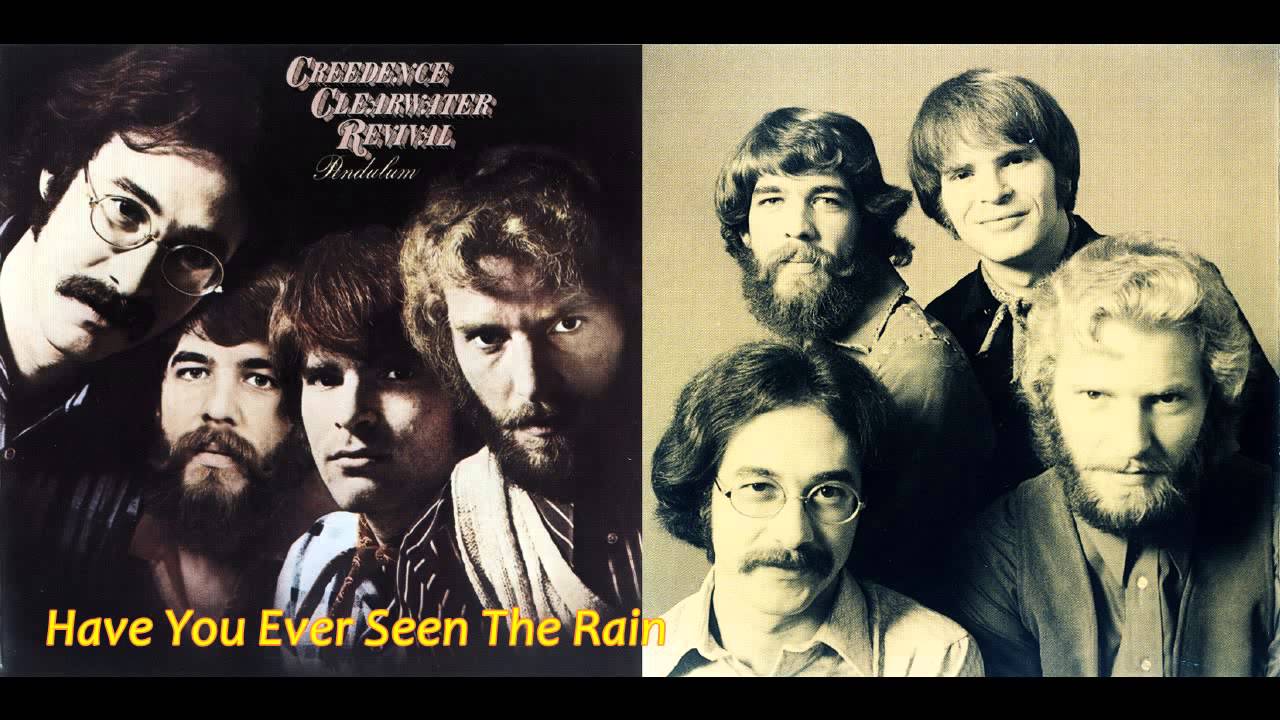
A roadside breeze between bigger storms—Creedence Clearwater Revival’s “Side o’ the Road” is a wordless smile, a little stretch of pavement where the band lets the engine idle and the heart rate settle.
First, the anchors. “Side o’ the Road” is an instrumental tucked near the end of Willy and the Poor Boys (released October 29, 1969), landing as track 9—that’s side two, track four, just before the closer “Effigy.” It runs a compact ~3:24, written and produced by John Fogerty and recorded for the album’s sessions at Wally Heider Studios, San Francisco. Willy and the Poor Boys itself became one of CCR’s bedrock sets, a 34-minute suite that ultimately peaked at No. 3 on the Billboard 200.
On record, the tune behaves like a scene change you can feel in your shoulders. Where so many bands of 1969 proved intensity with volume, this little piece proves it with touch. Doug Clifford lays a backbeat a breath behind the bar—reassuring, not insistent—while Stu Cook escorts the harmony forward and Tom Fogerty saws out a steady rhythm. John Fogerty answers himself with short, good-humored guitar phrases, letting the pocket do the talking. Contemporary and archival notes often read it as a guitar instrumental with a friendly nod to Booker T. & the M.G.’s—CCR’s way of folding their Memphis affections into a West Coast sway.
The placement is savvy. Side two of Willy walks you from the jolt of “Fortunate Son” and the porch-light warmth of “The Midnight Special” into this easy, human-sized breather, and only then dims the room for “Effigy.” That sequencing gives the album its lived-in feel: you don’t just admire CCR’s songs; you move through their little neighborhood—corner jams, tall tales, dust-trail instrumentals, and finally the long, slow verdict that closes the decade. Craft Recordings’ half-speed reissue track list underlines that arc: “Side O’ the Road” belongs exactly where your ear remembers it, handing the baton to the finale.
There’s a small bit of record-collector lore to pin, too. Though it wasn’t a U.S. single, “Side o’ the Road” surfaced in 1973 as the UK B-side to “It Came Out of the Sky,” proof that even CCR’s quietest detours kept traveling. And for all its charm, the band apparently never performed it live—a studio postcard tucked into the album jacket rather than a set-list staple.
What does the track mean, especially to older ears? It’s CCR’s reminder that scale matters. The same quartet that could roar through “Born on the Bayou” or hammer a boogie until the floor gave way also knew the grace of leaving air. “Side o’ the Road” is music for kitchens and late drives: a modest groove that keeps you company while you think your way back into yourself. No sermon, no chorus to belt—just a pocket you can stand inside until the day stops shouting.
Listen to the little mercies that make it age so well. The backbeat marks time like a job you know how to do. The bass line nudges, never shoves. The guitar witnesses and withdraws, the way a good friend knows when to speak and when to keep you steady with silence. In a catalog famous for anthems, this one is a habit—three minutes of breathing room you can use any time the world gets loud.
And if you’re the kind who tracks theory as well as feeling, there’s a sly lesson in identity here. By 1969 CCR had distilled their sound to essentials: cut a live core, add just enough color, trust the groove. “Side o’ the Road” shows how deep that creed runs. Even without words—especially without words—you still recognize them within a bar or two. That’s not minimalism; that’s clarity.
Scrapbook pins, neat and true
- Artist: Creedence Clearwater Revival
- Song: “Side o’ the Road” — instrumental, ~3:24; track 9 on Willy and the Poor Boys (1969); writer/producer: John Fogerty.
- Album context: side two, track four, sequenced before “Effigy.”
- Sessions: Wally Heider Studios (San Francisco). Album release: Oct 29, 1969. US chart: Billboard 200 #3.
- Vibe & lineage: often noted as a guitar instrumental with a nod to Booker T. & the M.G.’s.
- Odds & ends: UK B-side to “It Came Out of the Sky” (1973); no known live performances by CCR or solo-era John Fogerty.
Cue it up tonight and notice how the room changes temperature. Nothing grand happens—and yet everything does. The groove steadies; the corners warm; the road ahead looks manageable again. That’s the quiet gift of “Side o’ the Road”: a small pull-off where the miles you’ve already made are enough, and the next ones can wait until your breathing finds its pace.